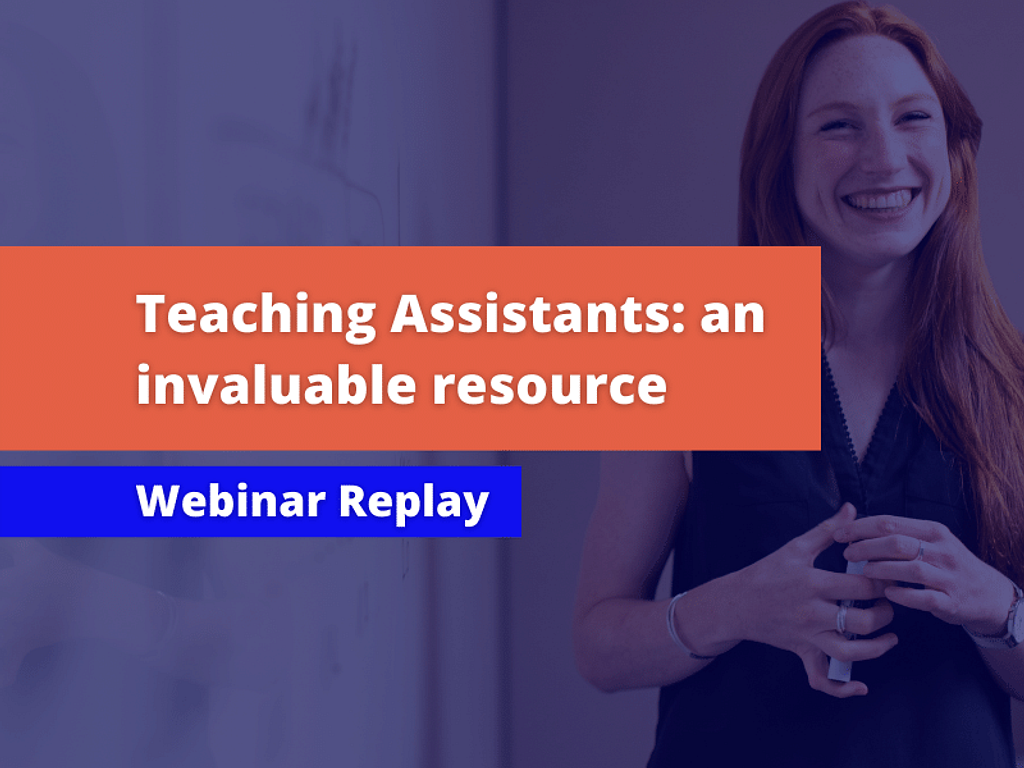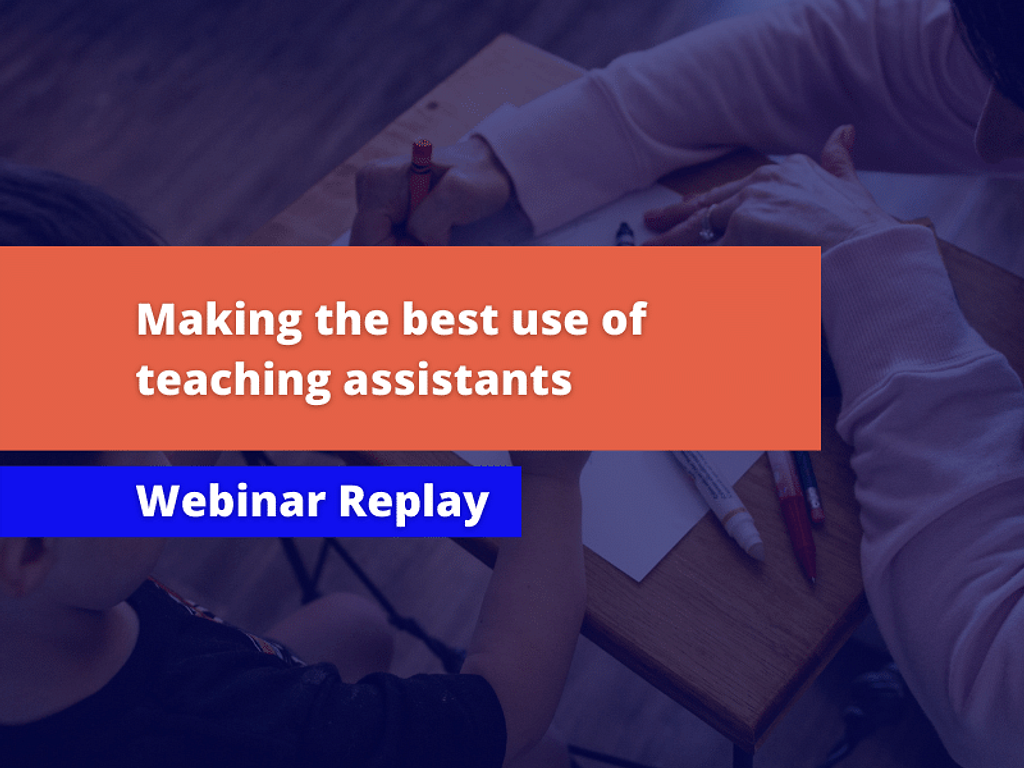Evidence for Learning: Making best use of Teaching Assistants
Making best use of Teaching Assistants
Download the Recommendations Poster
Uploaded: • 37.7 KB - pdfFirst Edition
Published
School Phase
Secondary, Primary
This Guidance Report is primarily relevant to principals and other members of the leadership team in both primary and secondary schools who are involved in the resourcing and deployment decisions for Teaching Assistants.
While the number of teachers in mainstream schools in Australia has remained relatively steady over the last decade or so, the number of full-time equivalent Teaching Assistants1(TAs) is steadily growing. In 2017, on average, there were 10 teaching assistants in every school. Of those employed in 2017, 25.8 per cent work full-time.
In 2018, the Department of Jobs and Small Business, reported 90,500 ‘Education Aides’ and predict that this workforce will continue to grow to close to 110,000 by 2022.
TAs are an invaluable resource in Australian schools. When utilised effectively and supported well, TAs can make a significant difference to the learning outcomes of students.
The research on the impact of TAs in Australia is not extensive. This is why we have produced this Guidance Report.
It offers seven practical evidence‑based recommendations to guide schools in maximising the impact of TAs. The recommendations in this guidance recognise the fact that schools are operating within already tight budgets; however, noticeable improvements in student outcomes can be made through the thoughtful use of existing resources, without significant additional expenditure.
The seven recommendations are arranged in three sections:
The effective use of TAs under everyday classroom conditions – Recommendations 1 – 4
The effective use of TAs in delivering structured interventions out of class – Recommendations 5 and 6
Integrating learning from work led by teachers and TAs – Recommendations 7
Recommendation 1: TAs should not be used as an informal teaching resource for students who are low attaining.
Recommendation 2: Use TAs to supplement what teachers do, not replace them.
Recommendation 3: Use TAs to help students develop independent learning skills and manage their own learning.
Recommendation 4: Ensure TAs are fully prepared for their role in the classroom.
Recommendation 5: Use TAs to deliver high quality one-to-one and small group support using structured interventions.
Recommendation 6: Adopt evidence-based interventions to support TAs in their small group and one-to-one instruction.
Recommendation 7: Ensure explicit connections are made between learning from everyday classroom teaching and structured interventions.
Evidence for Learning has produced another Guidance Report Putting evidence to work: a school’s guide to implementation which can be used as a guide as you plan to implement TA changes in your school.
Implementation can be described as a series of stages relating to thinking about, preparing for, delivering, and sustaining change. The section ‘Acting on the evidence’, suggests a range of strategies that you might find helpful in planning, structuring and delivering a whole‑school approach to improving the use of teaching assistants.
1. In line with common usage, we use the term ‘teaching assistant’ (TA) to cover equivalent classroom- and student-based paraprofessional roles, such as ‘learning support assistant’, ‘teachers aide’ and ‘classroom assistant’. We also include ‘higher level teaching assistants’ in this definition.
This Guidance Report and supporting materials are licensed under a Creative Commons licence as outlined below. Permission may be granted for derivatives, please contact Evidence for Learning for more information.
This work is licensed under a Creative Commons Attribution-NonCommercial-NoDerivatives 4.0 International Licence.
Download the Guidance Report
Uploaded: • 758.5 KB - pdfDownload the Recommendations Poster
Uploaded: • 37.7 KB - pdf
Webinars


Webinars
